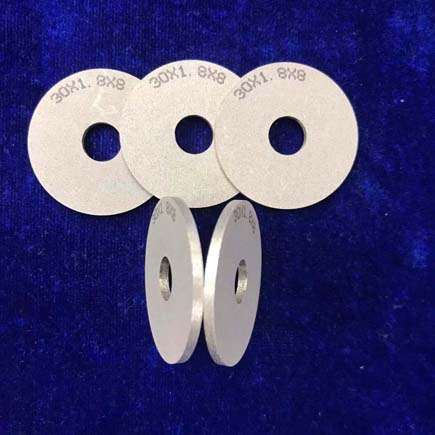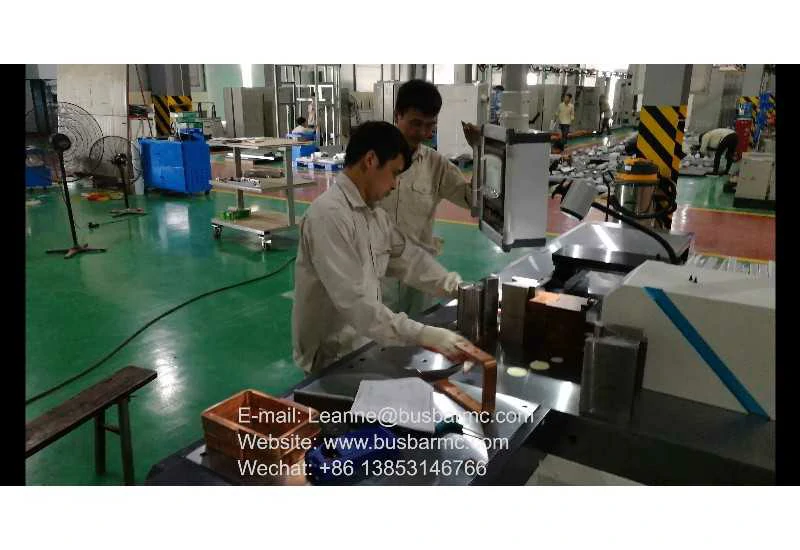Cummins B series diesel engine introduced by Dongfeng Motor Company diesel engine factory
The bore diameter of the cylinder is ر;
The cylinder is made of cast iron (HT25-47, HB179-241);
Drawing design requirements cylinder cylindricity;
The honing pattern is clear and uniform, and the Angle between the cross Angle and the horizontal line is 25° ~ 30°;
The surface roughness of the cylinder hole is ~ µm, Rtm2.8 ~ 7.0µm, and the contour support length rate at depth tp=78% ~ 98%.
Cylinder hole is an important part of engine combustion chamber, the machining precision is very high, usually using honing technology to finish the cylinder hole.

The original cylinder honing process is a two-stage honing process (coarse honing + flat honing) using non-uniform, center symmetrical honing head and green silicon carbide honing strip on a vertical three-axis honing machine, but there are the following problems in production:
① Low processing efficiency. The honing process has a processing beat of 3’30”, which has become a “bottleneck” process restricting the expansion of production capacity of the engine production line.
② The fluctuation of the surface roughness Ra, Rtm and tp values deviating from the median value is large, and even exceeds the range of technical requirements, resulting in the surface roughness index value having to be adjusted in a period of time.
③ The uniformity of cylinder mesh fluctuates, and the phenomenon of cylinder scratch appears.
Aiming at the above problems, we systematically study the cylinder honing process, and put forward the process improvement plan, in order to shorten the processing time of the cylinder honing process, improve the processing efficiency, stabilize the micro-geometric accuracy of the honing surface, ensure the quality requirements of the honing mesh and cross Angle, and improve the cylinder cylindricity accuracy.
Cylinder hole honing process analysis
Process characteristics
The principle of honing processing is to apply a certain pressure between the oil stone and the workpiece surface, and achieve a predetermined synthetic motion (such as rotary motion, linear motion, etc.) between the oil stone and the workpiece surface at a lower speed to obtain a workpiece surface with high geometric accuracy and good surface quality. Bore honing has the following features:
When honing the inner hole, two (or more than two) oil stones and the inner hole of the workpiece in the surface contact state at a low pressure and speed for multi-edge surface contact cutting, the cutting method is equivalent to three flat plates against each other, the oil stone in the hole wall margin at the same time, its own surface is also trimmed.

In order to make smooth connection of the grinding track of the oil stone, each time the oil stone rotates around the axis of the honing head, there is a lap length L0 along the axis with the previous grinding track (see Figure 1). The larger the L0, the better the dressing effect of the inner hole, the higher the machining accuracy, but the lower the grinding efficiency.
The number of revolution of the honing head in each axial reciprocating stroke is non-integer K+b/360(K is an integer), that is, the honing head in each up and down reciprocating stroke relative to the workpiece along the circumference of a small Angle b, this complex movement makes each grinding particle of the honing head in the hole wall grinding track will not be repeated. Because every point on the hole wall has the same chance of interfering with each other as every point on the oil stone surface, the uniformity of the hole wall honing pattern can be guaranteed.
The honing head and the spindle are floating connected, and the concentricity of the hole to be machined can be adjusted within a certain range to reduce the dependence on the accuracy of the honing spindle. When honing, the workpiece hole wall is guided, the feed force is uniformly pressed from the center to the hole wall, and the honing bar is fed along the direction parallel to the axis of the honing head, which can correct the ellipticity, straightness and cylindricity of the machined hole. This floating centering mechanism is especially suitable for machining thin-walled, deep-hole parts.

Flat honing is a fine honing on the basis of rough honing, which can eliminate the groove tip formed by rough honing and form a discontinuous flat top convex front at the top of the groove, while the groove bottom shape formed by rough honing is not affected. Flat top honing can improve the surface roughness of the hole wall, increase the supporting length ratio of the surface profile of the hole wall, control the oil storage capacity of the honing mesh, so as to improve the running-in performance of the friction pair and extend the life of the engine cylinder hole. vertical honing machine Flat honing has the following features:
Cylinder hole flat top honing can form honing mesh with uniform thickness, symmetrical cross, no folding, discontinuity, flanging and other defects. As shown in Figure 2, if the cross Angle of the honing mesh is q, the reciprocating speed of the honing head is Vy, the rotating speed is n, and the diameter of the cylinder hole is D, then there is
tan(q/2)=Vy/Vx=Vy/pDn
q=2arctan(Vy/pDn)
The micro profile of cylinder bore surface formed by flat honing is flat top and deep groove with different widths. The flat roof can play the role of supporting load (represented by contour length supporting rate tp); The deep groove can store lubricating oil to reduce the friction of the piston in the reciprocating movement in the cylinder hole.
The surface roughness of cylinder holes must be controlled within a certain range. If the roughness value is too large, it will increase the friction resistance of the piston in the reciprocating movement in the cylinder hole, resulting in early wear or cylinder pulling of the friction pair; If the roughness value is too small, it will reduce the oil storage capacity of the hole wall mesh, which is not conducive to lubrication.
Analysis and improvement of cylinder honing process for Cummins engine



